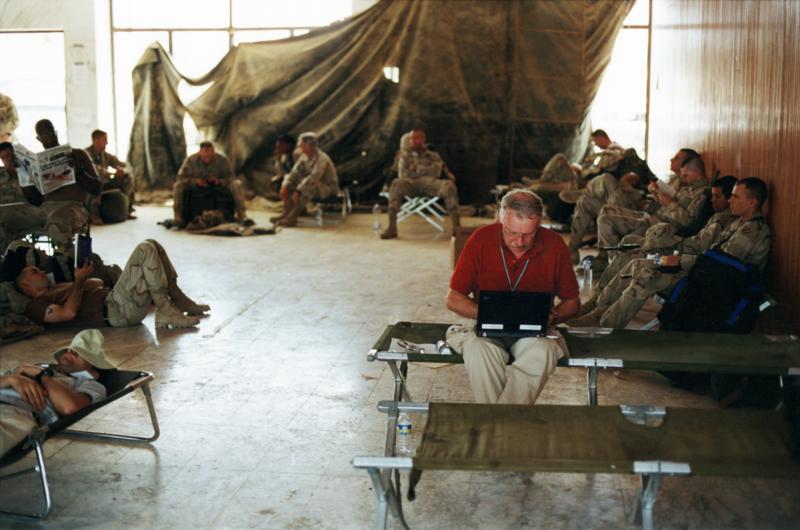Anders Østergaard was honoured Tuesday, 3 February, with the Dreyer Award, named after Danish cinema's most distinguished classic figure, Carl Theodor Dreyer. The award celebrates outstanding artistic achievement among, primarily, young filmmakers.
"Anders Østergaard belongs to the absolute vanguard of documentarism, reporting from both the artistic and the political combat zone," said Associate Professor Peter Schepelern in his motivational speech on behalf of the jury.
"He comes from journalism – like Dreyer, incidentally – but maintains an artistic vision when he juggles with plans and illusions and weaves his stories from fragments, archive bits and reconstructions."
Reconstructing the Fall of the Iron Curtain
Østergaard's most recent film, "1989" (co-directed with Erzsébet Rácz), chronicles the fall of the Iron Curtain as seen through the eyes of Hungarian prime minister Miklós Neméth, who played a much larger role in the events than history has given him credit for. "1989" premiered at CPH:DOX and across Europe on the 25th anniversary of the fall of the Berlin Wall in November.
Read interview with Anders Østergaard: The Man Who Tore a Hole in the Iron Curtain
"The directors work with a formalist-technical idea, which in the opening credits is referred to as 'creative processing of archival material,'" said Schepelern about "1989."
"There are fictional, but plausible dialogues, adapted to authentic footage of the political protagonists. It's superbly executed. Documentation and reconstruction form a synthesis with the political and human truth."
Østergaard's previous documentaries include "Tintin et moi" (2003) and the Oscar-nominated "Burma VJ – Reporting from a Closed Country" (2008).
The Dreyer Award was presented on 3 February at the DFI Cinematheque in Copenhagen.




